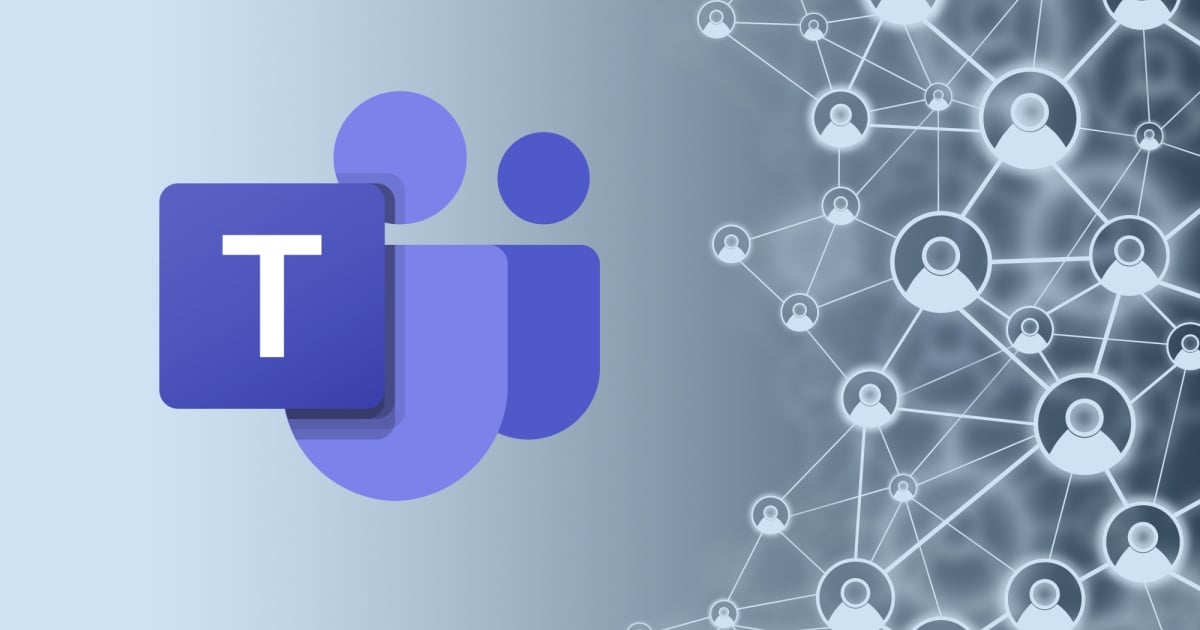
MSPs face an ever-increasing demand to deliver seamless, high-quality experiences for their clients utilizing critical collaboration tools, like Microsoft Teams. However, the complexities of ensuring consistent performance can place a significant burden on MSPs, often detracting from their operational efficiency and reducing the quality of service they are able to deliver to clients – and, by extension, hindering their ability to generate new revenue.
Over the past several years, this need to manage and maintain Teams services has increased largely due to two factors. Not only have MSPs become increasingly popular as businesses look to relieve their IT staff of many of their IT burdens, but Teams usage has also grown. Naturally, Microsoft saw a significant uptick in Teams usage during the pandemic, but growth has continued since, and last year, Teams reached roughly 320 million active users. (My personal experience is that, over the past two years, many companies that had been using Zoom have transitioned to Teams.) Collectively, these two factors place increased strain on MSPs tasked with managing Teams for their clients.
Incident management – the process of detecting, diagnosing, and resolving service disruptions, is a core, but often draining responsibility for MSPs. The challenges are multi-faceted:
- Tool sprawl and alert fatigue: MSPs often manage a multitude of monitoring tools, leading to an overwhelming volume of alerts and making it difficult to distinguish genuine critical issues from noise.
- Reactive posture: Without proactive insights, MSPs are often in a reactive mode, learning about problems only after they impact end-users and generate support tickets. This leads to frustrated clients and puts undue strain on support teams.
- Lack of actionable insights: While Microsoft's built-in Teams reports provide technical details, they often lack the actionable insights and end-to-end network visibility needed for rapid root-cause analysis, especially in complex environments involving Operator Connect, direct routing, or SBCs. This means support engineers spend excessive time trying to pinpoint problems.
- High operational costs: Longer resolution times directly correlate to higher Full-Time Equivalent (FTE) staff requirements. In addition, escalating tickets to Microsoft can incur significant costs, averaging $550-$650 per case.
- Financial penalties and churn risk: For MSPs with financially backed SLAs, unresolved or slowly resolved incidents can lead to penalties. More broadly, poor service responsiveness directly impacts customer satisfaction and, by extension, can increase churn rates and erode.
- Missed revenue opportunities: When MSPs are bogged down in reactive firefighting, they have fewer resources and less credibility to pursue upselling opportunities or migrating clients to higher-tier, more profitable service plans.
- This perpetual cycle of reactive problem-solving drains internal resources, strains profitability, and makes it challenging for MSPs to deliver the consistent, high-quality outcomes their customers expect.
It’s not a lost cause, though. New independent research, commissioned by Martello Technologies Group and conducted by EnableUC, reveals that MSPs leveraging Martello's Vantage DX solution can achieve significant improvements in Teams incident response, including a remarkable 50% reduction in labor required for incident management, which can fundamentally transform their Teams managed service offerings.
Martello's Vantage DX directly addresses these Teams-related pain points by delivering proactive monitoring and advanced diagnostic capabilities for MSPs. The solution relies on synthetic transactions that simulate user interactions on an ongoing basis to detect service outages or degradations before they impact actual users and generate support tickets. This “detect and correct” or “detect and communicate” approach allows MSPs to mitigate over 40% of potential issues proactively, according to the research.
Beyond proactive detection, Vantage DX provides advanced diagnostic tools that extend far beyond Microsoft's native reports, offering root-cause analysis and comprehensive end-to-end network visibility. Importantly, they also include details that extend beyond the Microsoft environment, a key in today’s increasingly complex IT environments where interconnected systems and applications can impact one another. This enables MSP support engineers to quickly identify and resolve problems, even in complex hybrid setups, leading to faster incident resolution times.
Proactive Monitoring Delivers Quantifiable Value
The research from EnableUC shows that proactive monitoring tools, like Vantage DX, can have a significant positive impact on MSPs’ operational efficiency, leading to cost benefits, better resource allocation, improved customer experiences, and new revenue opportunities. The study shows specifically how Vantage DX delivers improvements for MSP operations.
- 50% reduction in incident management labor: This directly translates to significant FTE savings, freeing up valuable staff hours.
- Over 40% of issues mitigated proactively: Preventing issues before they impact users dramatically reduces reactive firefighting.
- 20% churn reduction: Improved service responsiveness and proactive communication lead to higher customer satisfaction and loyalty.
- 10% growth in upselling opportunities: Increased client confidence in service quality encourages customers to purchase additional services or upgrade to higher-tier plans, boosting Average Revenue Per User (ARPU).
- 20% reduction in Microsoft escalations: Better diagnostics mean fewer unnecessary and costly tickets escalated to Microsoft support teams.
- 25% reduction in SLA penalties: For applicable service offerings, proactive monitoring and faster resolution minimize financial repercussions.
- 5-10% improvement in CSAT/NPS: A direct reflection of stronger client satisfaction and overall business health.
By enabling early issue detection, proactive alerting, and superior root-cause analysis, proactive monitoring allows MSPs to shift from a reactive cost center to a proactive revenue driver, delivering superior service experiences profitably. It also makes the case for MSPs to place greater focus on Microsoft Teams, especially considering the how popular Teams has become.
Edited by
Erik Linask






